Getting to the Island
Access to Paxos is via daily ferry, regular passenger hydrofoils and private water taxi from Corfu or Igoumenitsa. There is no airport on Paxos.
The closest airport is Corfu, with direct charter flights during the summer and via Athens in winter. Car Ferries from Italy run all the year round to Igoumenitsa.

The airport for Paxos is Corfu. Served by a variety of airlines, flights are normally on a Monday though exceptions can be made. BA flies from London, Easy Jet, Ryan Air from all over Europe, as well as a whole series of charter flights. Given that hydrofoil transfers are early afternoon it is necessary to arrive late morning. The 10 minute transfer from airport to port is by taxi and costs around €15.
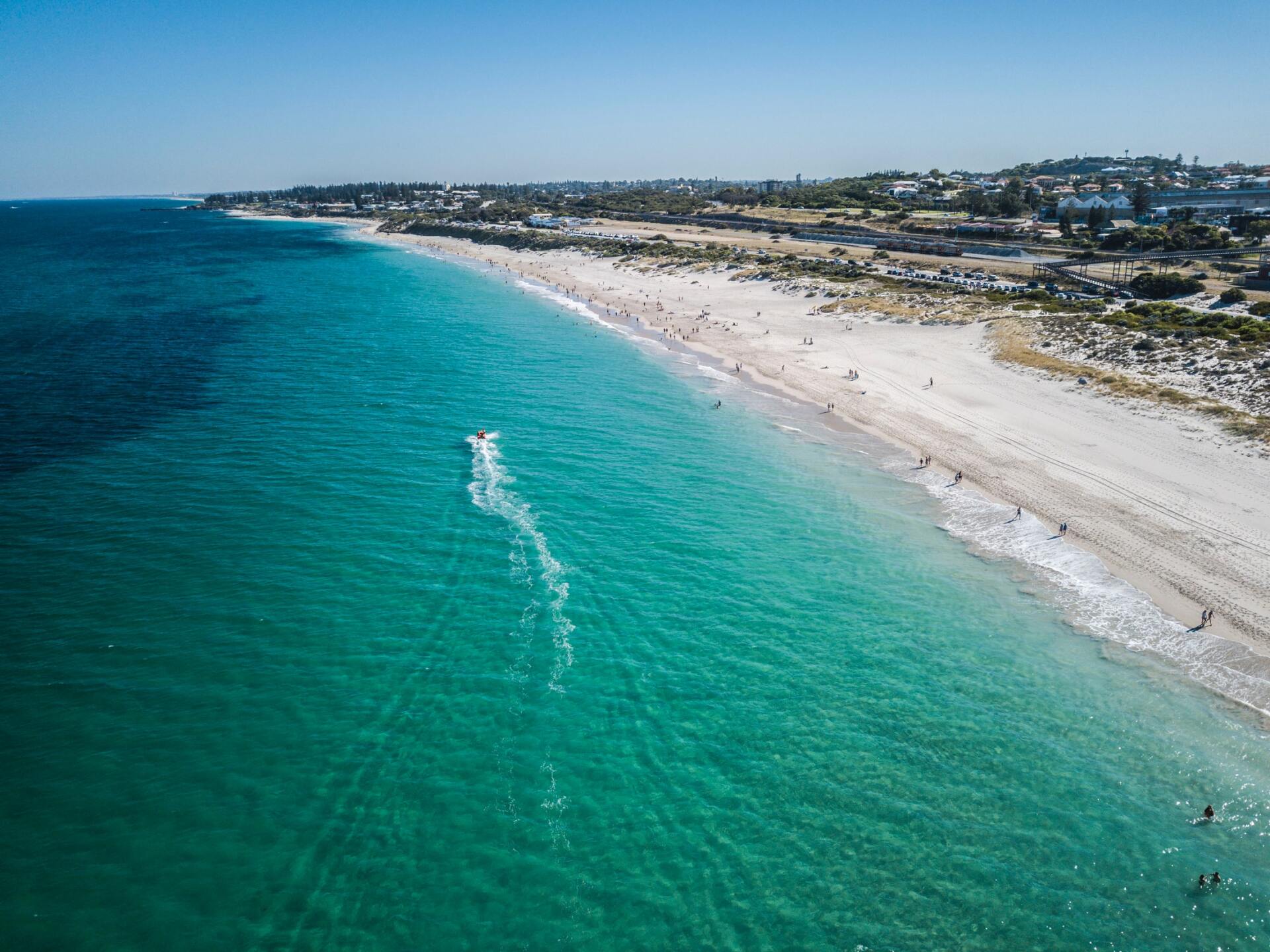
Transfers to/from Corfu are relatively limited from Ilida and Dolphin. Time 1.15 hrs. The timetable is usually published around February. Cost is between €14 to €24 o/w depending if ferry or hydrafoil. Pre-booked tickets will be collected on board.
A water taxi for max 8/10 people can be hired 24/7 and costs €350 o/w.
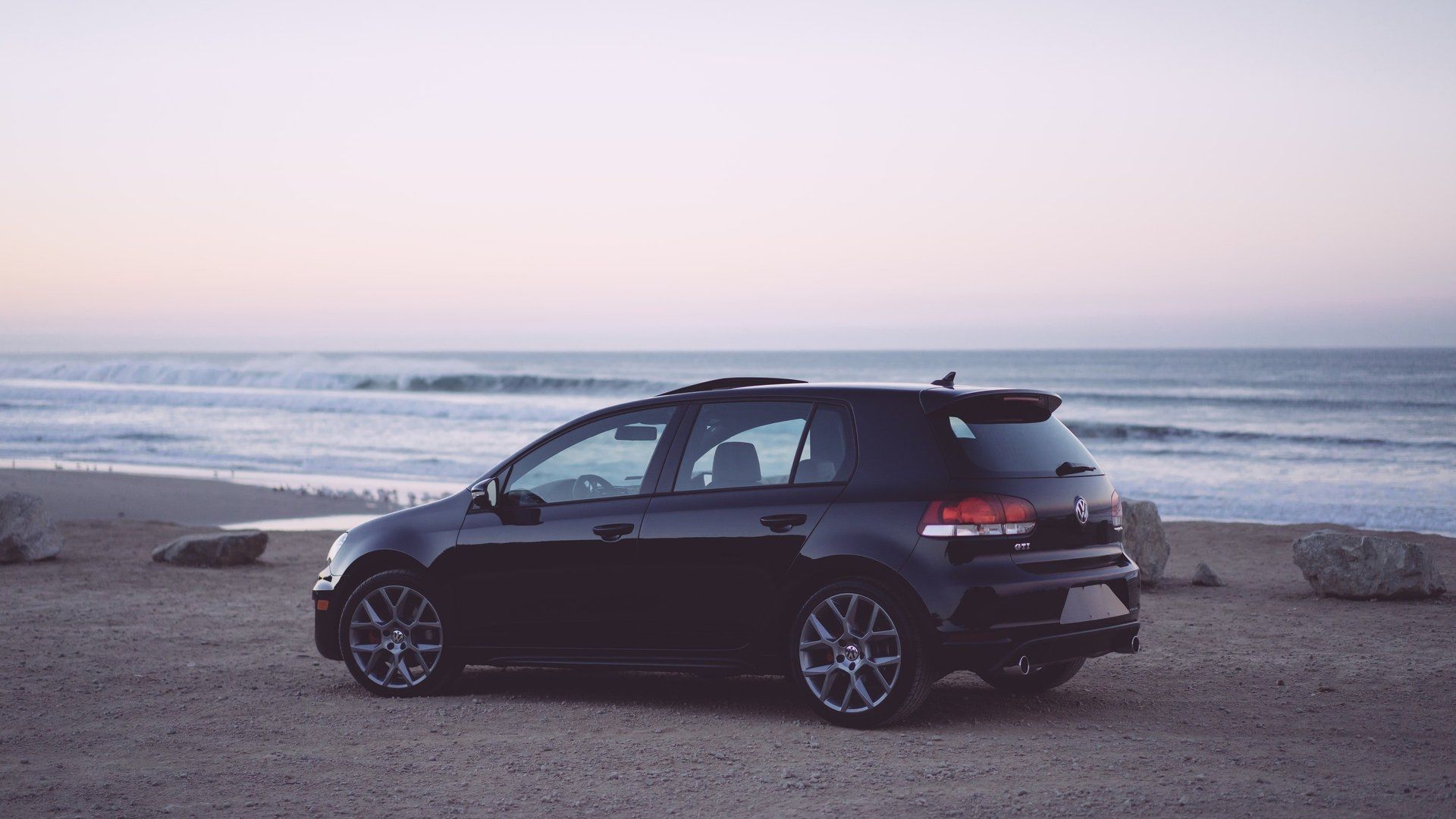
A car is a must when staying at Villa Delphini. We hire your car from Gaios Travel and it will be delivered to the port awaiting your arrival. It is a 5 minute drive from Gaios to the beach under the Villa Delphini, longer if you wish to go round to Fontana and down the back road straight to the Villa. Again please pre-book with us in time as cars are limited during the high season.
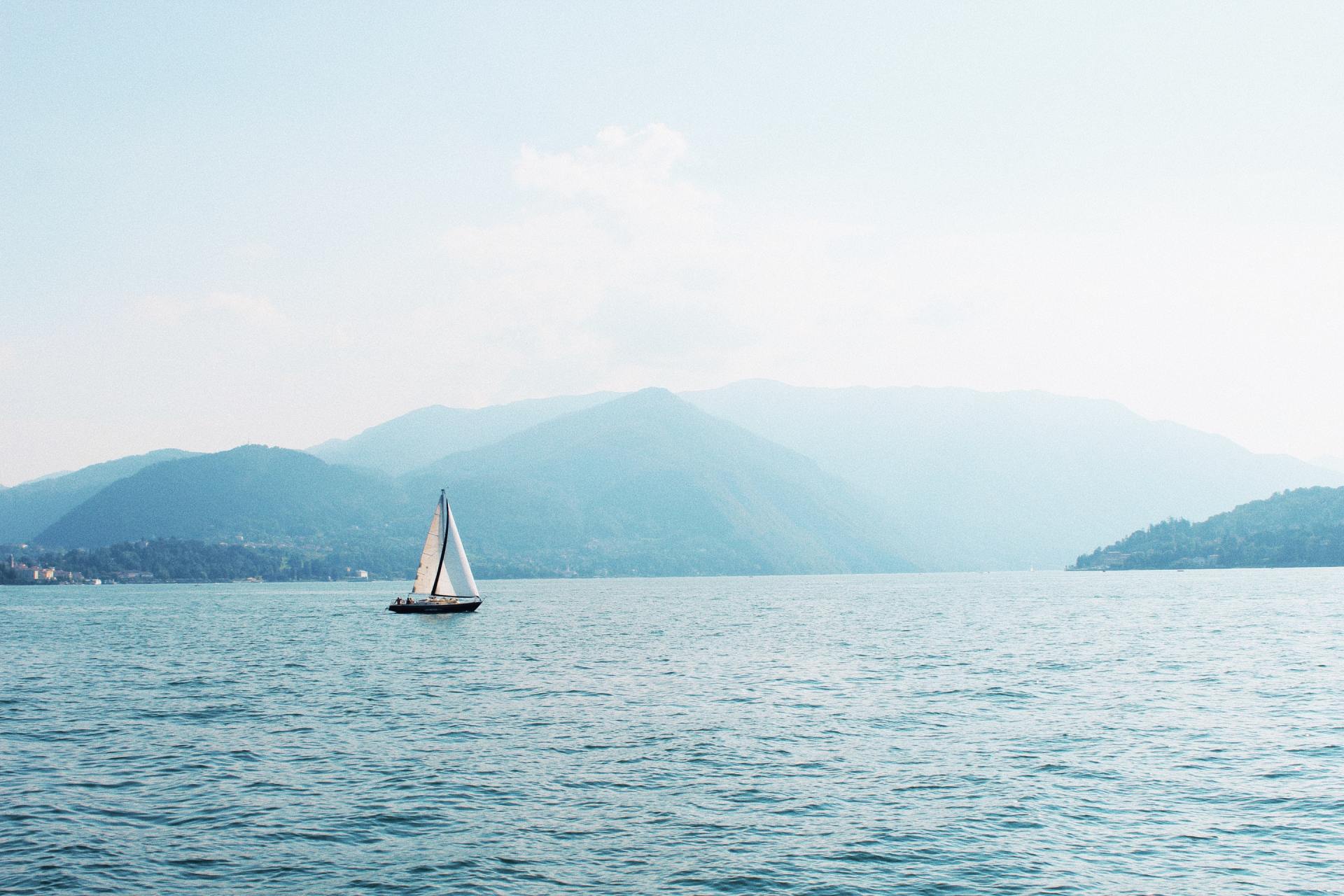
A boat is a must on Paxos if you want to explore all the tiny bays and beaches that can be accessed only from the sea. No licence is required for boats up to and including 30HP. A boat with an engine capacity over 30HP is considered a speedboat and a licence is required by the driver. Boats come complete with all safety equipment for the allowed number of people, sunshade, deck cushions etc. Petrol is always extra.
Please remember that it is necessary to book early during the high season
Paxos
Distinguished by dramatic contrasts in scenery, this, the smallest Ionian island, has remained surprisingly unspoilt
Some may say it’s rather inconvenient to reach but this is what retains the island's natural charm. Faster ferries have shortened the transfer time but have done little to change Paxos in other ways. On the whole, the island is one huge olive grove, dramatised here and there by the bright green of pine trees, and offset by the startlingly vivid hues of the sea. The gentle hills and sparkling bays of the east coast are in sharp contrast to the wild drama of the west coast cliffs. Gaios, Loggos and Lakka are the three main settlements, where local life goes on around the visitors, and many boats from sleek yachts to old fishing boats are to be found in the ports. The pace of life is unhurried and relaxing, with genuine friendly Greek hospitality at its best. Enjoy a laid-back holiday in an incredibly friendly atmosphere.
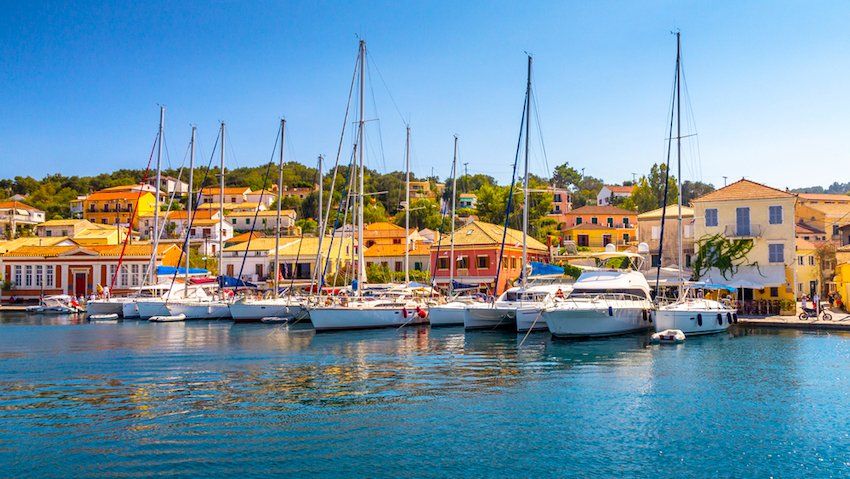
Gaïos is the island’s attractive capital, with a fjord-like setting, a Venetian harbour, a ruined fortress and red-tiled buildings of pink, cream and yellow stucco. Gaïos Square is a very good place to sit at a cafe bar, soak up the atmosphere and people or boat watch. Supermarkets, bakeries, jewellery shops, all compete to to ensure guests do not lack for anything. The square also offers free Wifi whilst you enjoy your coffee
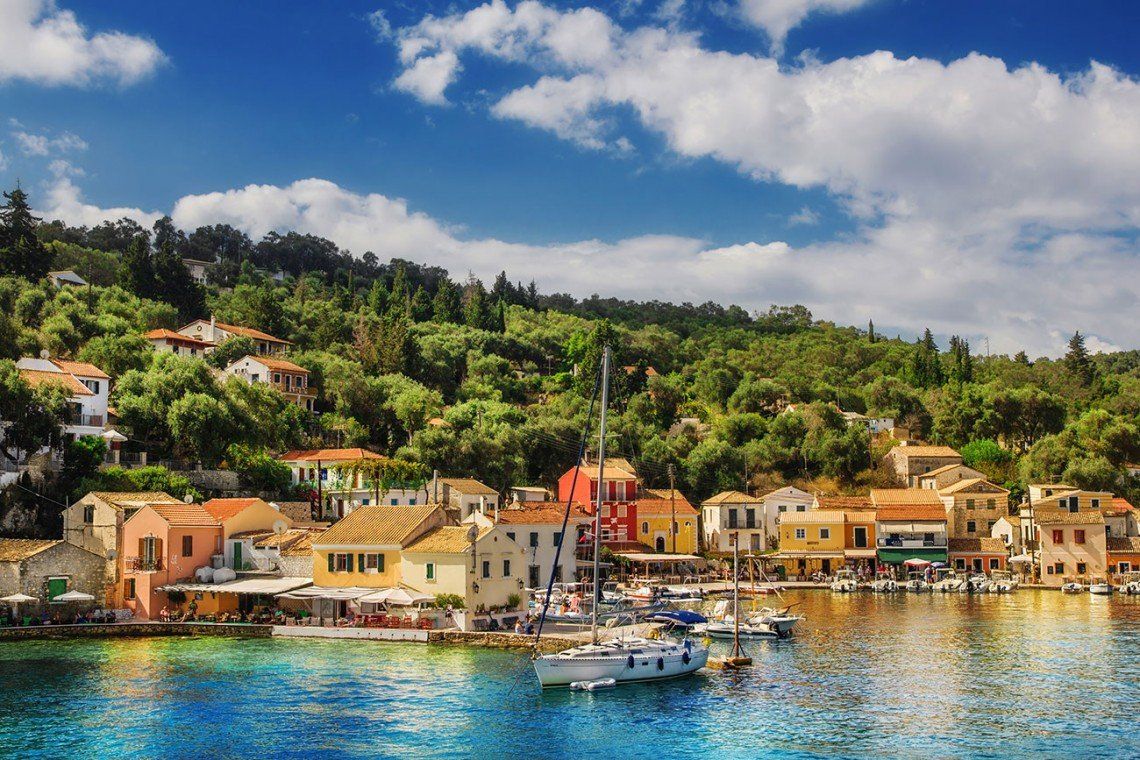
Loggos is the smallest of the three main villages. It is a very quiet fishing village with a picturesque harbour fronted by tavernas and small bars. It’s a great place to peacefully laze by day, but it comes to life in the evenings, when visitors and locals alike gather in the restaurants and bars around the harbour to enjoy food, wine and conversation, often late into the night.
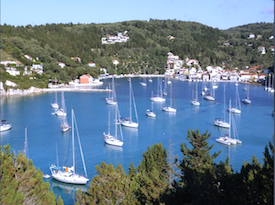
Lakka, at the northern tip of the island is Paxos’ second port. It is set in a gorgeous horseshoe-shaped bay and flanked by high ground covered in olive and cypress trees. The bay, which is almost completely sheltered from the open sea, is excellent for swimming, water sports and for mooring boats. Along the waterfront are a host of charming bars which stay open until late.

The tiny village on the road above the Villa is little more than a church, a shop, a kafeneion and a taverna, but its atmosphere has remained unchanged over the years. The 15thC frescoes in the church are worth visiting, (when it is open) and there is a functioning olive press which can be visited.
Please remember that it is necessary to book early during the high season
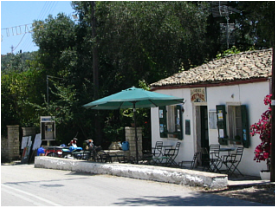
Inland villages like Bogdanatika and Magazia have a Venetian air and traditional tavernas. Magazia is home to the island's olive museum. The villagers of Magazia are very friendly and live life at their own pace and their closely-knit community is undisturbed by the influences of tourism. Sit at the kafenion and inbibe the atmosphere.
Eating out
When eating out on the Villa Terrace overlooking the sea, becomes boring, then Paxos offers a wide range of restaurants and pizzerias for you to enjoy an evening out. However, be warned, this little green jewel of an island serves up a brilliant menu of options for magical dinners à deux or more, but the food of love may not come as cheaply as you might have expected in Greece – Paxos’s very exclusivity makes it one of the more expensive islands for eating out. But plan your fine dining carefully and you’ll find food fit for the gods and restaurants with some of the most heavenly views imaginable.
The regional specialities are
sofrito (beef in wine sauce with garlic and parsley),
pastitsada (a stew of chicken or veal with tomatoes, cinnamon and onions, served with pasta) and
bourdeto (a fiery fish stew, spiked with paprika, usually made with scorpionfish). Accompany these with a selection of local wines: White varieties include
Asproudi, Lianorgo and Tsoukanarias. and for full, smooth reds try
Fidias or
Petrokoryntho. Meze are the Greek equivalent of Tapas, a selection of unexpectedly delicious starters.
And of course, if you wish to continue into the small hours both Gaios and Lakka have bars that remain open until very late. In high summer there is a disco in Gaios.
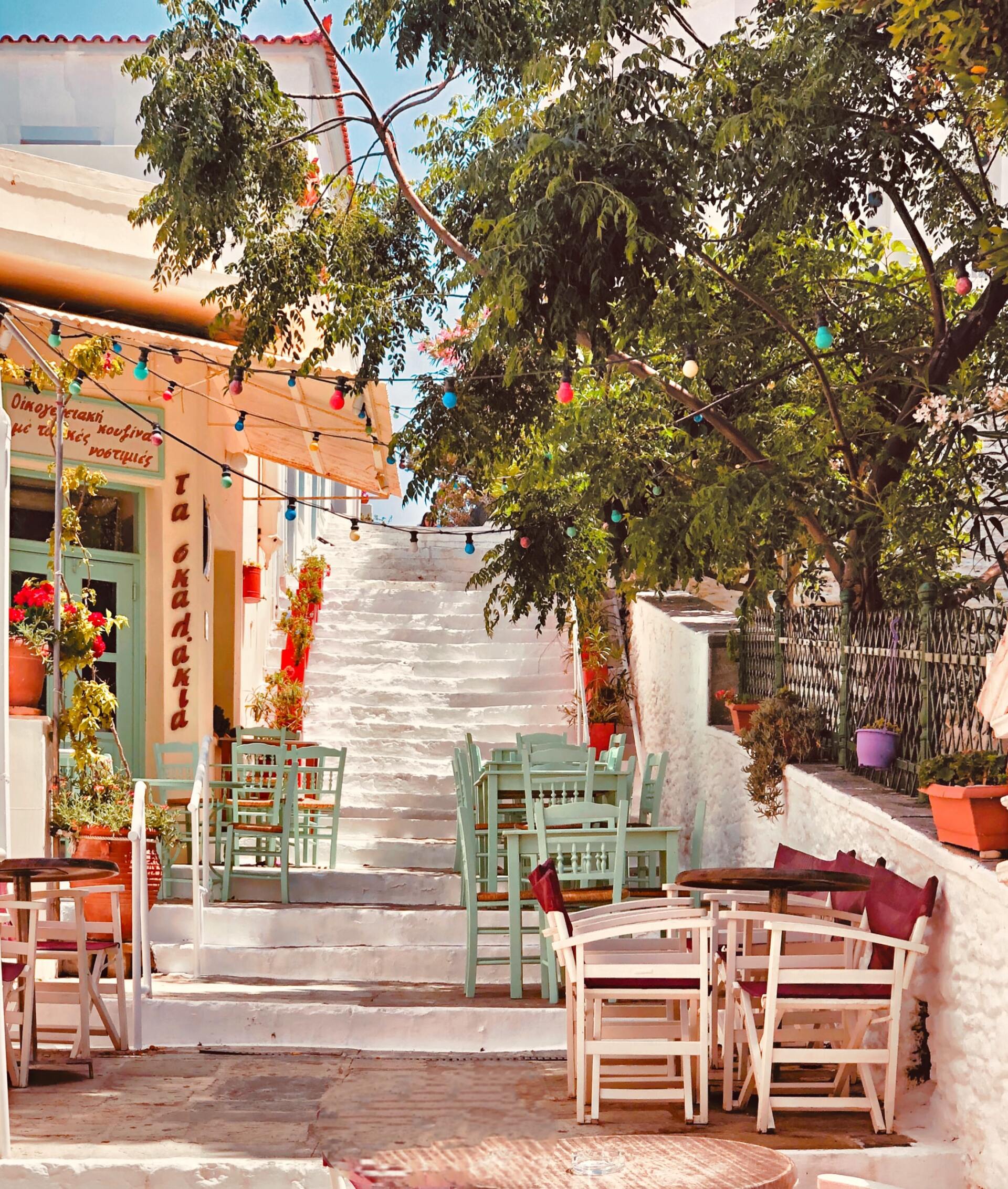
A Kafenio is a Greek café. A kafenio typically serves various types of coffee, including Greek coffee and frappé, as well as beer, retsina, and ouzo. A meeting place, mostly for the local male population and a 'must' for the Greek way of life.
An Ouzeri is a bar that offers a selection of 'mezes' to go with your drink. This can range from a few olives and a little feta cheese, to a large platter of mixed starters.
A very popular modern version is the Kirki off the main square in Gaios which spills out filling the street at night or the traditional Vulcano in the square. The one in Fontana above the Villa is very typical, but local kafenio can be found all over the island.

A Taverna is the most common and traditional Greek eating place, usually family-run and open all day.
GAIOS:
Dodo's Taverna marvellously eccentric with traditional food;
Vasilis - pleasant simple taverna in the back streets of Gaios.
Genesis - by the Green Man, great food, views and greek dancing. Appagio - waterfront on two stories.
BEACH SIDE:
Taverna Bouloukos in Levrechio, great cocktails and saganaki
Ben's Bar/Restaurant at Monodendri.
LAKKA:
Akis fish restaurant overlooking the bay and Pounentes in the main square.
FONTANA above the Villa is the characteristic O'Ntolos great food for an amazing price
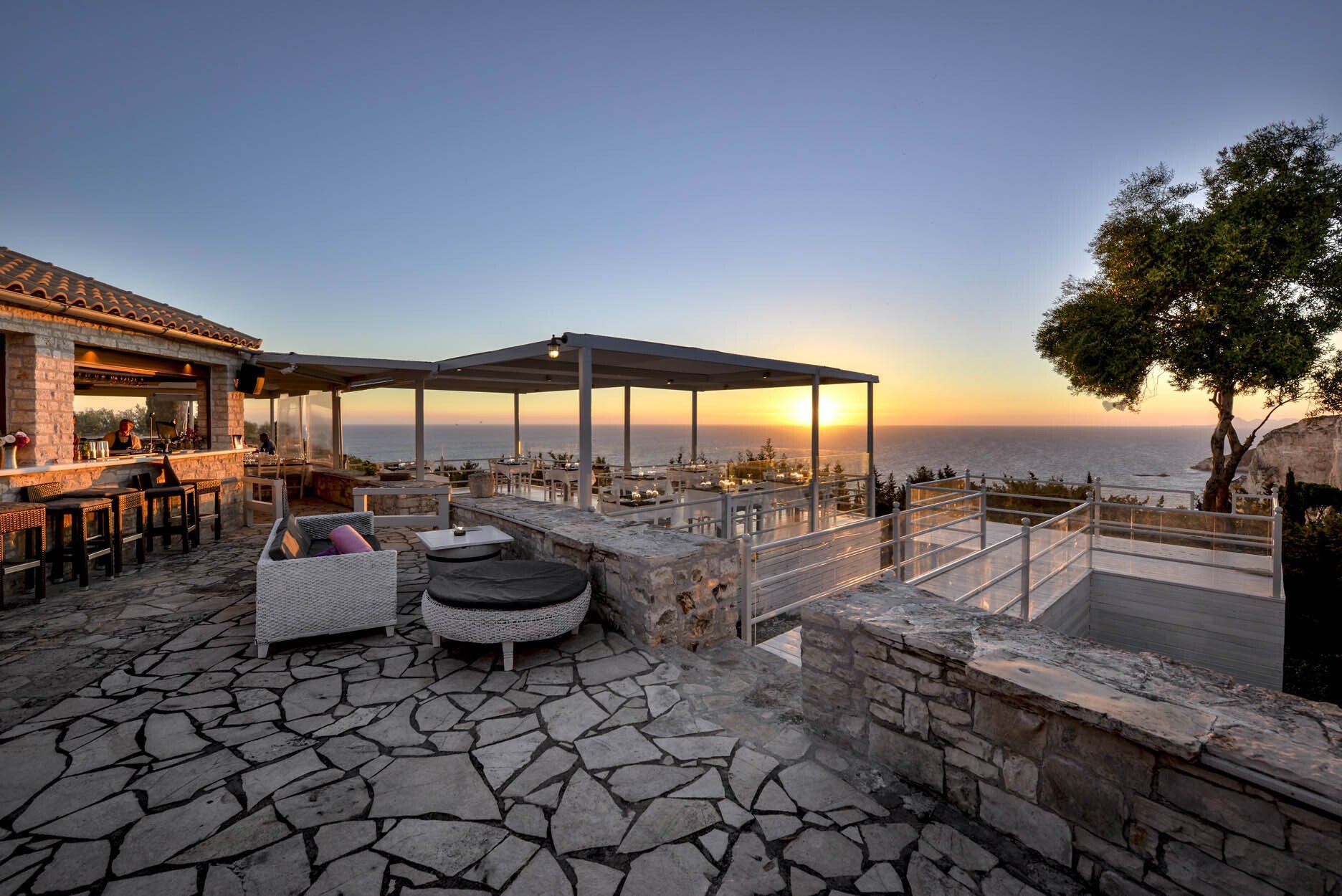
No longer are you invited to go into the kitchen and check out the contents of the various pans simmering on the stoves.
GAIOS:
Mediterraneo - On the waterfront at the back end of the port, offers excellent fish dishes.
Carnayo - behind Gaios in a charming garden. Internationally reworked Greek dishes in a great setting. A must and he also does take away.
Kouzini - Fresh fish and a modern take on mediterrenan cuisine
LOGGOS:
Vassilis - classically situated right on the waterfront, one of the oldest and most loved places.
WEST COAST:
Eremitis has the undoubted advantage of magnificent sunsets to accompany their excellent dinners. (Take a sweater).
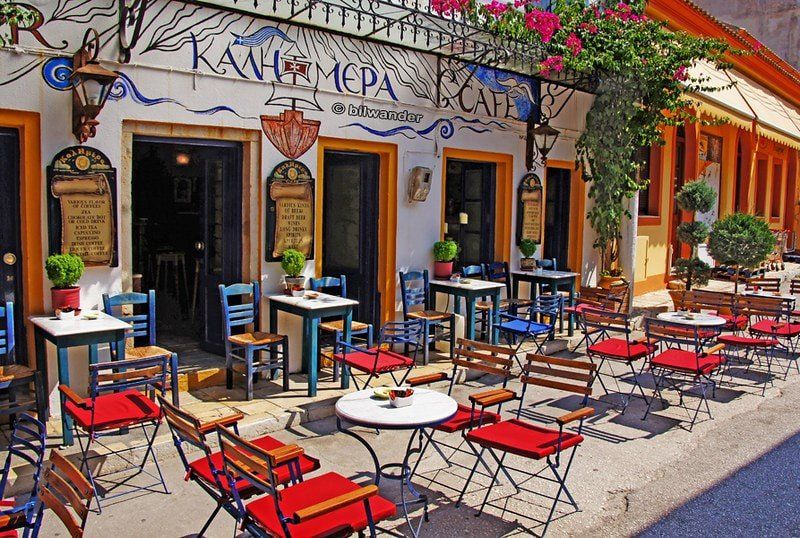
GAIOS:
Cafe Kalimera, always crowded day and night. Carnayo, fantastic waterfront location,
Manesko Bar, with live music, right by the harbour,
O Gyros Ton Paxon serves gyros until late, if you are hungry.
LOGGOS:
Roxi Bar right on the water is well known for its ambience.
Le Rocher, recently opened, right on the water, great cocktails
LAKKA:
There is Akis right on the water for after dinner drinks and
Fanis, open all day for coffee and cocktails.
MAGAZIA:
Averto has great views
For those who do not need a 'modern' atmosphere, almost every village has a cafe/bar that stays open until late for beers and cards.
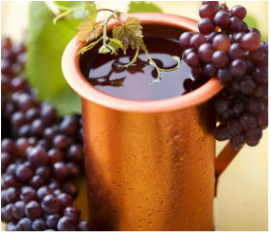
Once upon a time there was only retsina but the Greeks are now producing a range of excellent wines.
Worth trying are some of the following Red Wines:
Kava Boutari: Aghioritiko grape (indigenous);
'Ktima Nemea' Papannou: Aghioritiko grape;
'Merlot' Tsandalis:Merlot grape;
'Syrah' Tsandalis: Syrah grape;
'Cabernet' Hatzimichalis: CabernetSauvignon
'Amethystos Cava' K Lazarithis: Cabernet Sauvignon.
For White Wine try:
'Lefkos' Zitsa: Debina grape (indigenous);
'Athiri' Tsandalis: Athiri grape (indigenous)
'Santorini' Boutari: Ani and Assyrtiko grapes; 'Lefkos' Hazimichalis: Sauvignon Blanc
Popular Rosé wine: Boutari
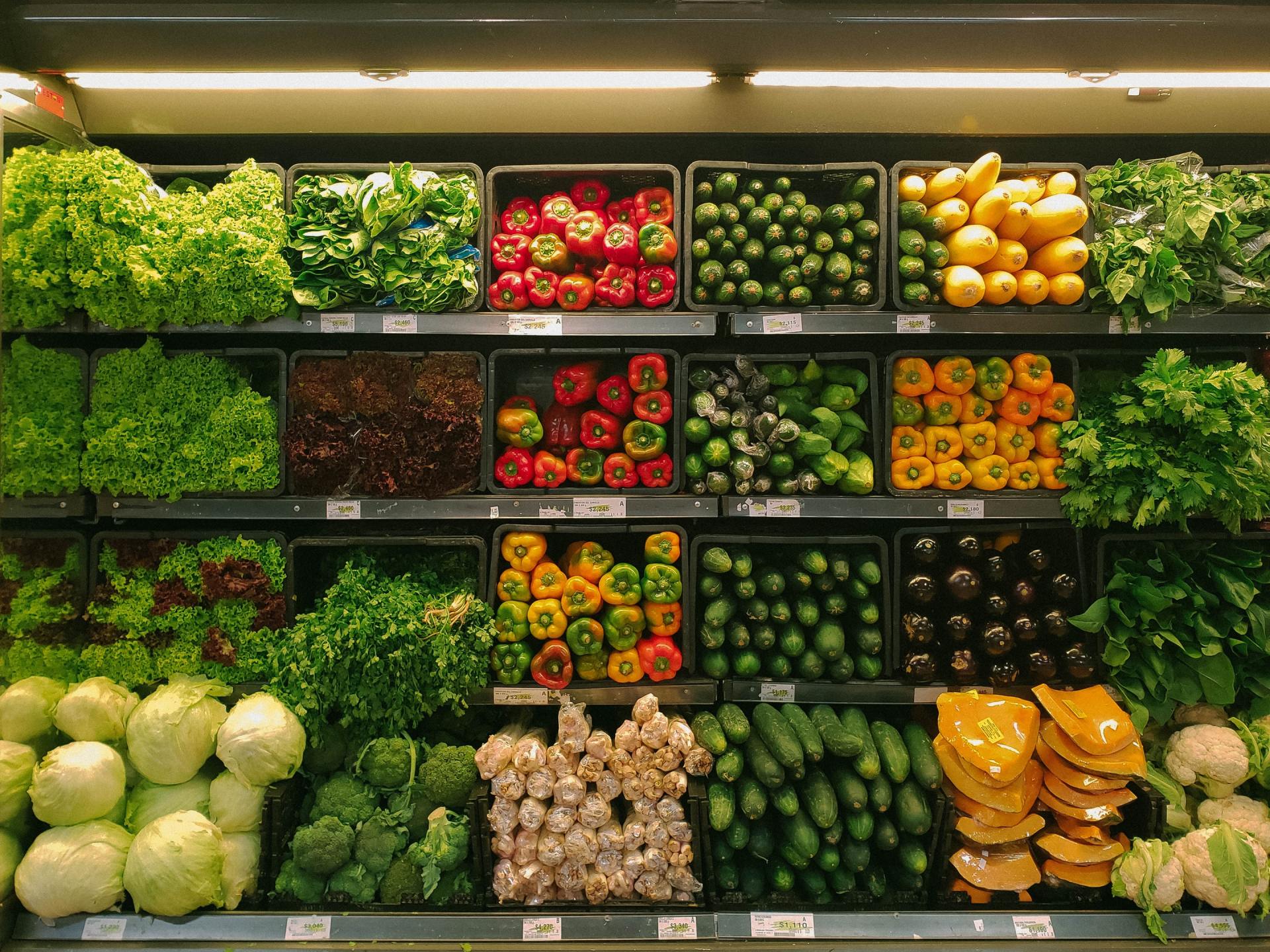
In the Villa the fully equipped kitchen, barbecue and terrace dining offers plenty of opportunities for eating under the stars. Gaios has two well stocked Markets: The Coop, in the main street, stocks almost everything including bio products and lactose free/soya produce whilst The Minimarket, by the parking, offers free deliveries. Fontana, above the Villa has an historic Minimarket stocking traditional products. The Robolas Bakery, off the main square, has a complete range of bread, pasties, pastries, sweets and birthday cakes. Butcher Fanariotis, to the left of the main square,has excellent fresh meat and fantastic sausages, ideal for the barbecue.
Things to do
Despite Paxos being just 9 x 3kms there is no shortage of things to do.
Paxos offers something for everyone. In spring, the colourful wild flowers and migrating birds make it a paradise for walkers, painters and photographers, while in high summer, the safe beaches and glorious weather attract more families. In autumn, when the temperatures are easing a little and the August crowds have gone, the walkers, painters and photographers return. It is the ideal holiday destination for anyone wanting simply to take time out of the rat race and relax yet at the same time offers a range of water-sports, excursions and even two international music festivals each year.
Walk through the olive groves, hire a motor-scooter or quad and explore the little villages off the beaten track, hire a mountain bike and ride down the mule tracks, explore the churches, learn the Island's history, hire a boat and take a picnic lunch on a secluded beach or why not - simply do nothing. The choice is yours, enjoy your holiday.
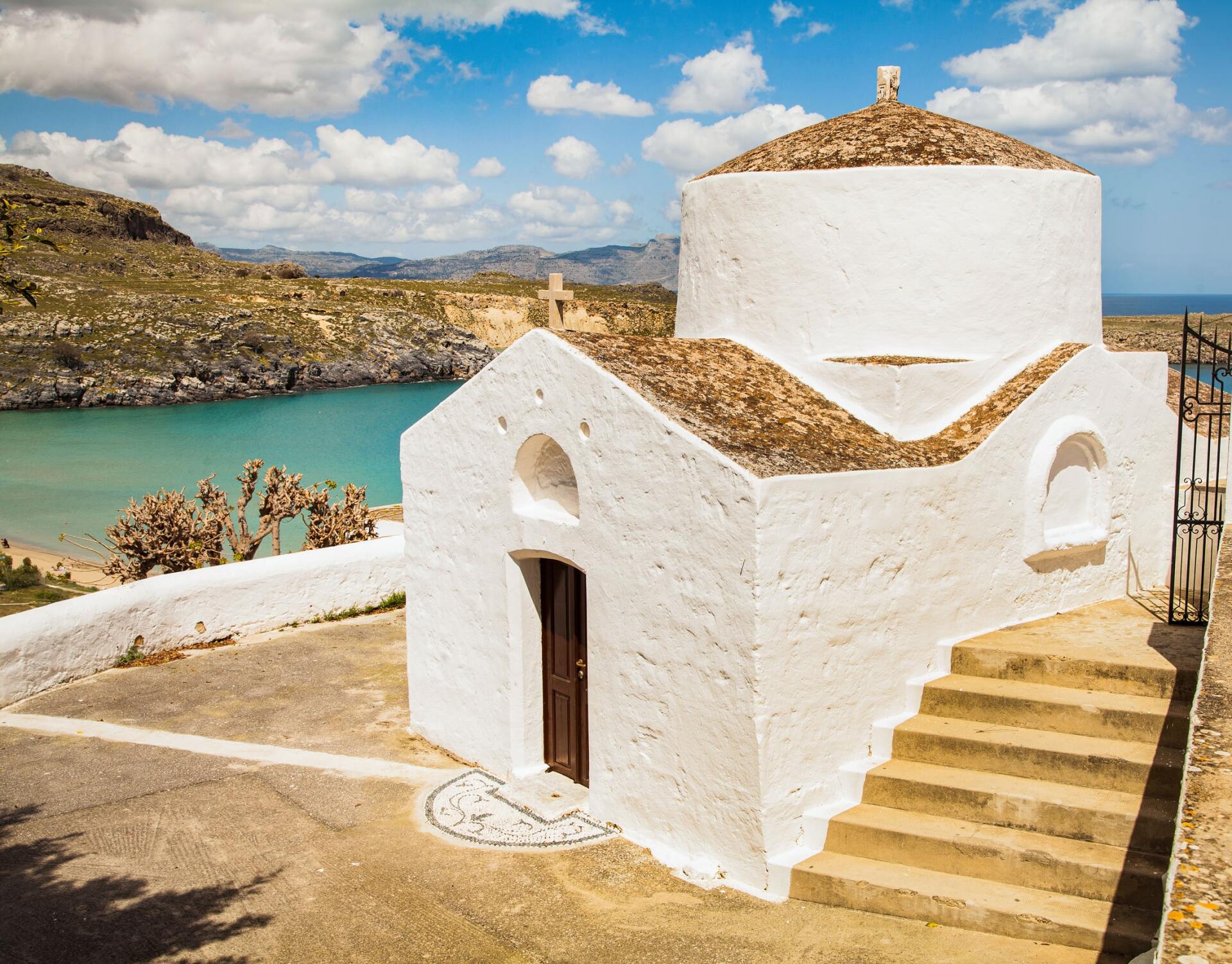
There are said to be around 63 Greek Orthodox churches on the island of Paxos although probably only as few as 10 which are open regularly. Most of the churches on Paxos date back to Venetian times, although the oldest churches on the island, in Ozias Agia Marina and Agios Stefanos, now in ruins, date back to the 6thC AD. Some other churches: Agioi Apostoli Church in Boikatika, Agios Demetrios Church in Fanariotatika, All Saints church in Makratika, Agios Ioannis Church, Lakka. The bell tower of Ypapanti Church Vassilatika, offers magnificent views over to Corfu.
Other churches are open only on special holy days.

A walkers paradise with hundreds of ancient walled donkey tracks leading to unspoilt inland villages and hamlets discovering the many flora and fauna of the island along the way. Spring often holds a wealth of interesting flora and fauna and evening are illuminated with fireflies as they emerge at dusk. Highly recommended is the Ian Bleasdale Walking Map of the Island, recently updated. One caveat - take a pair of secateurs with you when you are out walking. The paths are not always well maintained but most are definitely worth the effort.
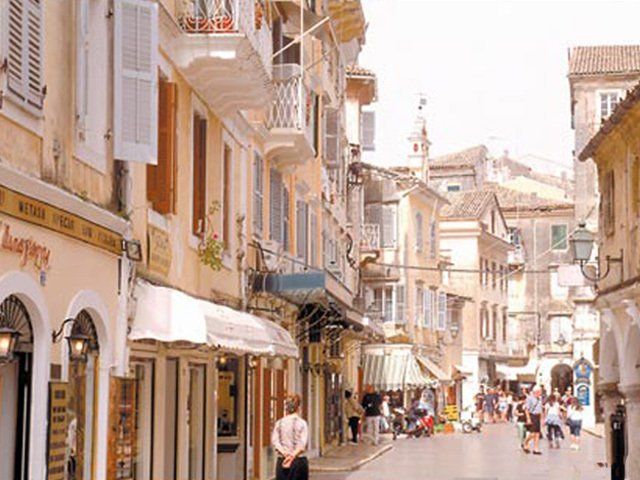
ake a day trip, shopping to Corfu. Corfu old town is a great place to wander and there are some interesting antique/bric a brac shops as well as all the usual small shops in the back streets.
Every city has its history, and the Old Fortress has preserved the old town of Corfu inside its impressive walls. The original fortress was built during Byzantine times and later partly replaced by a Venetian structure. The buildings are breathtaking and a must-visit.
The Hydrofoil leaves early in the morning, returning in the afternoon.
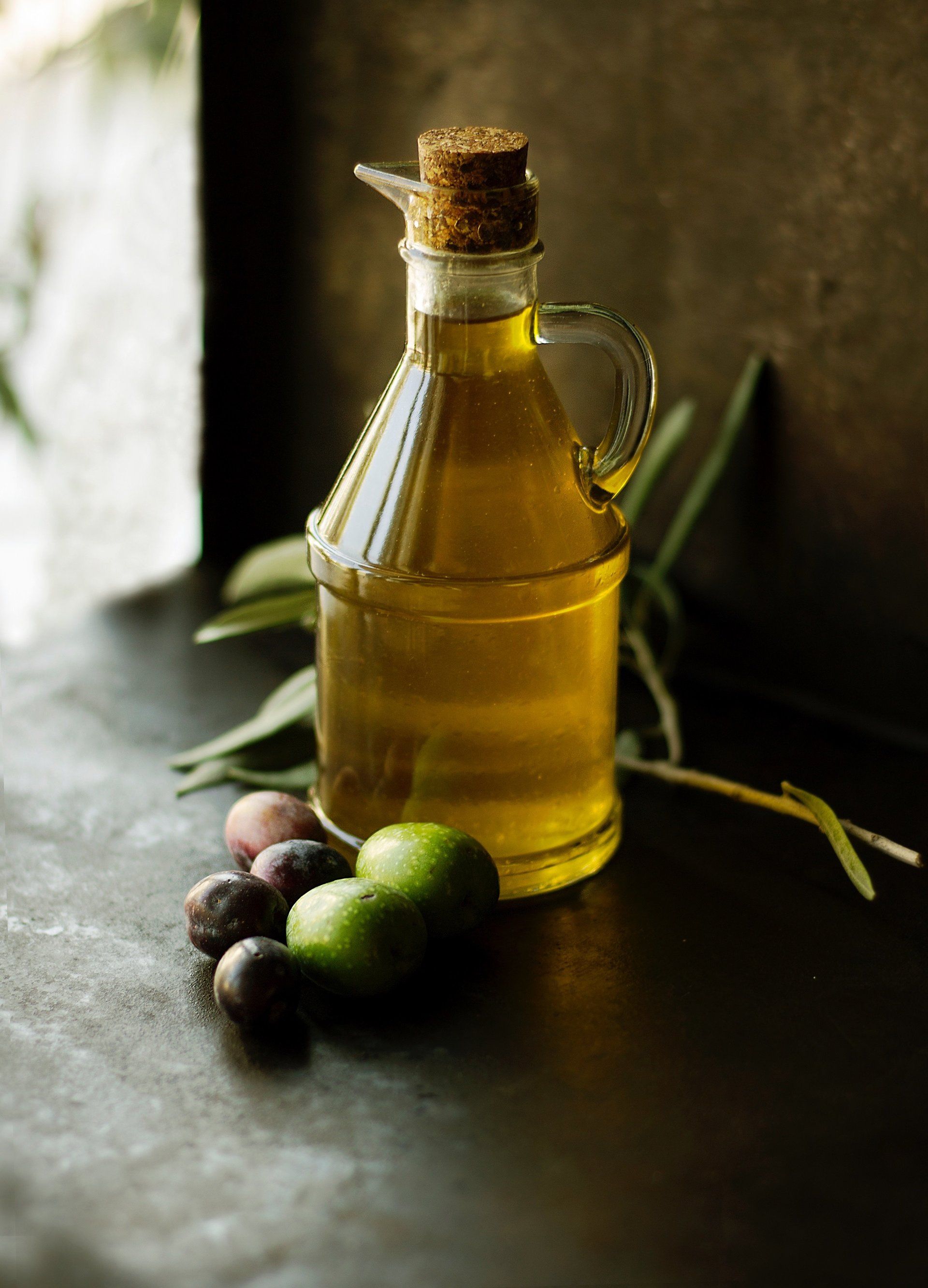
Learn about the olive industry at the Olive Press Museum in Magazia, or visit the Civic Museum and the Boicos Art Gallery in Gaios. Olive trees were introduced to Paxos by the Venetians, who took the island from the Normans in the 11thC, and planted some 200,00 trees before losing the Island to Napoleon who then lost it to the British. Paxos did not become independent until 1864 but the Venetian influence remains dominant and Paxos is one of the greenest of the Mediterranean islands.
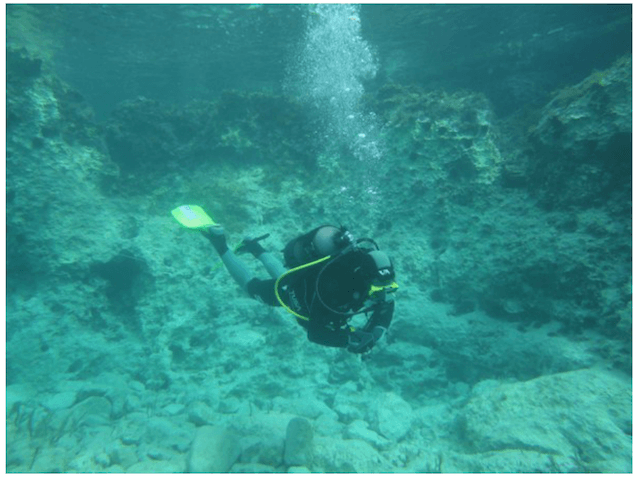
The island of Paxos and Anti-Paxos, is famous for it’s blue-green waters. Why not take a diving course, held right under the Villa on the beach of Kaki Lagada. “Water Planet” offers year-round diving excursions for experienced as well as novice divers with the safety and quality of service guaranteed by their PADI-certified diving instructors. Shore and boat dives are available.
Beginners start off on the Kaki Lagada Beach whilst certified divers are spoilt for choice all along the West Coast.

Enjoy music in a wonderful setting at one of the classical or contemporary concerts and festivals that take place in May, July through to September. The Paxos Festival Trust organises two festivals each year: the Spring Festival in June with an emphasis on contemporary music and the International Festival in September with a more classical repertoire.
Beaches and boats
Villa Delphini has its own beach directly under the Villa, sloping gently down into the sea and with a natural
wonderful diving platform
Villa Delphini has its own beach directly under the Villa, sloping gently down into the sea and with a natural diving platform of rocks. A natural sulphur fresh water spring bubbles out under the rocks and the crystal water offers wonderful swimming and underwater diving opportunities.
There is an excellent new Beach Club on the beach with chairs and umbrellas, a life guard and limited access for privacy. The beach bar, excellently managed by a local family, offers a varied street food menu, a wide selection of drinks and gentle Hawaian background music. It opens at around 10.00 am and closes at around 8.00pm. It comes highly recommended.
All around Paxos white shingled and sandy beaches, turquoise waters and verdant slopes with trees descending down to the seaside offer an artist's palette of colours. There is a great array of beaches to choose from in the eastern part of the island which can be accessed from villages around Paxos by car or motorbike, but others can still only be reached on foot or by boat. The hire of a boat or a yacht also allows for the exploration of the western side of Paxos with its wonderful caves and impressive rock formations, weathered by the sea and the wind.

From Gaios Village you can access the beaches of Plakes, Soulanaina and Ballos all the way down to Mogonissi towards the south, Some are abandoned, whilst others, like the bay of Mogonissi are fully equipped with beach restaurants or bars, enabling one to to enjoy a meal or a snack by the sea.

Around the Villa, besides the beach at Kaki Langada, there are the beaches of Koni Gouli, Kamini and Kipiadi. Going all the way up to Loggos you can bathe at Marmari and Levrechio, which has a beach restaurant. There are also a host of small coves reachable only by boat, which offer excellent swimming
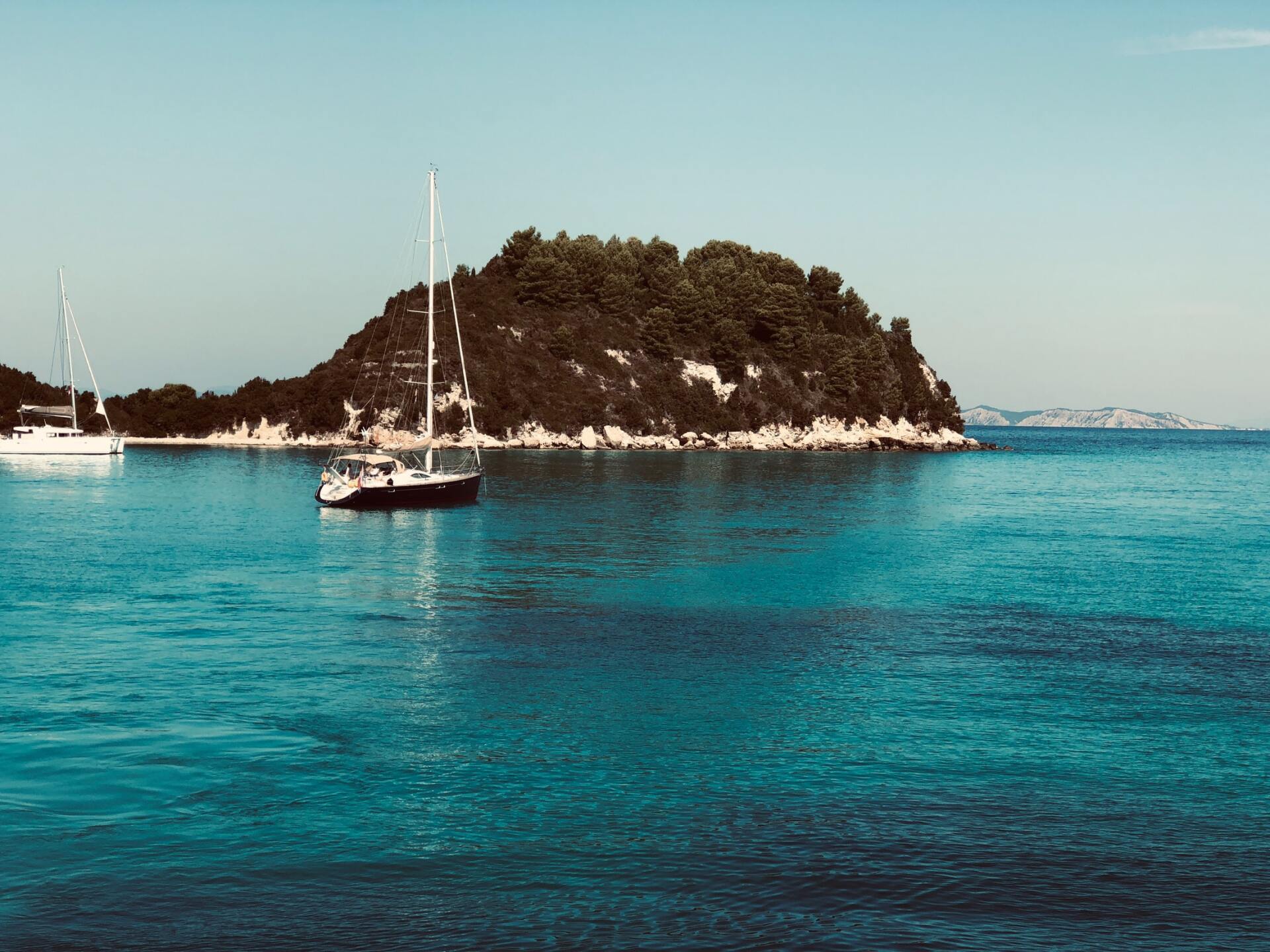
At nearby Lakka, north of Paxos you can swim at the beaches of Harami, Plani and towards the east are Arkoudaki, Orkos, Lakkos, and Glyfada. Monodendri is a fully equipped beach with kyaks, pedalos, windsurfers and beach loungers. Both Lakka and Monodendri have beachside restaurants.
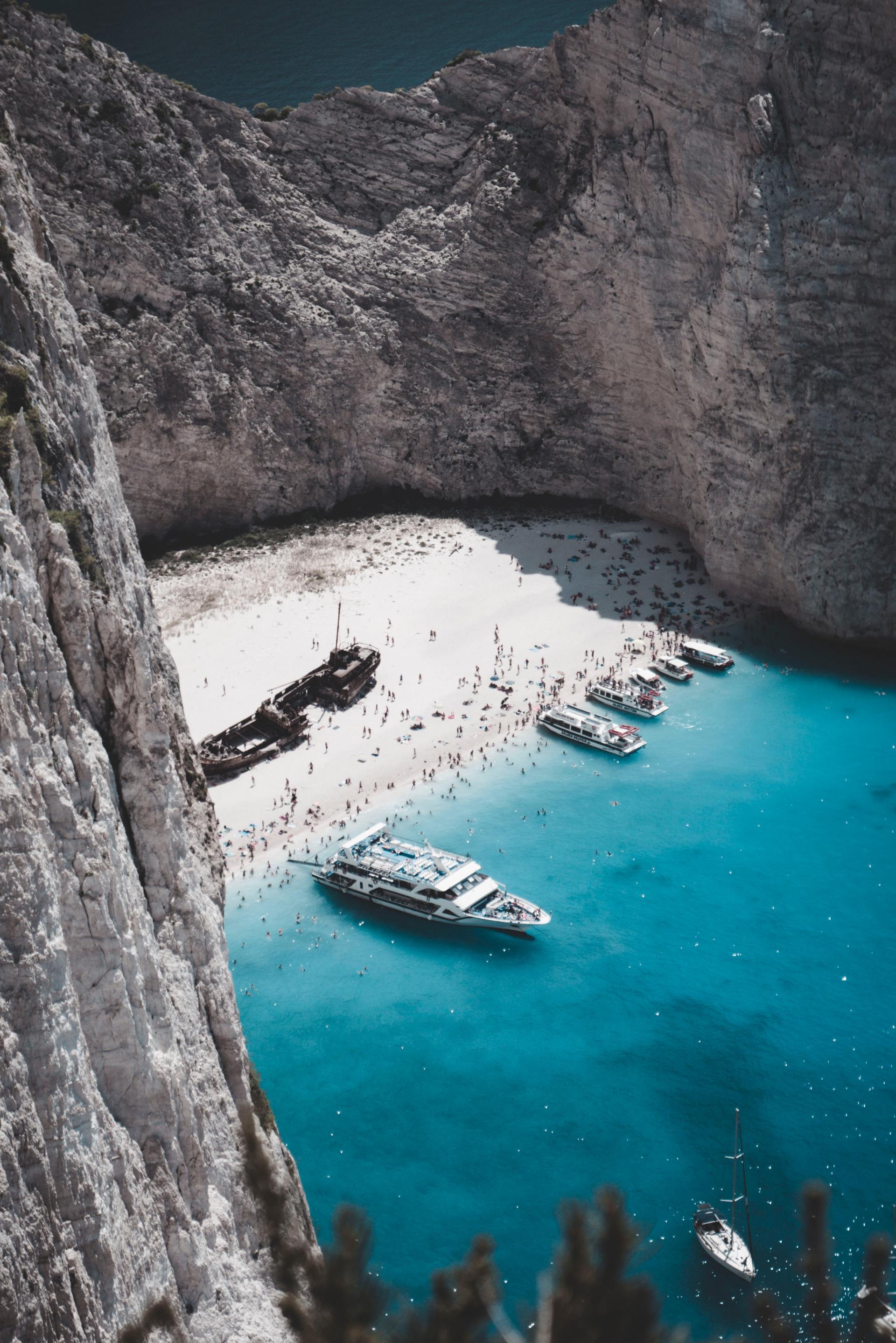
Galazio, Avlaki, Eremitis, Planos are four of the beaches on the rocky west coast of the island, but access is only by boat. Small pebbly beaches offer superb scenery comprising dramatic white cliffs whose colour changes to a warm orange glow at sunset and turquoise blue waters.
Excellent swimming and scubadiving all along the coast.
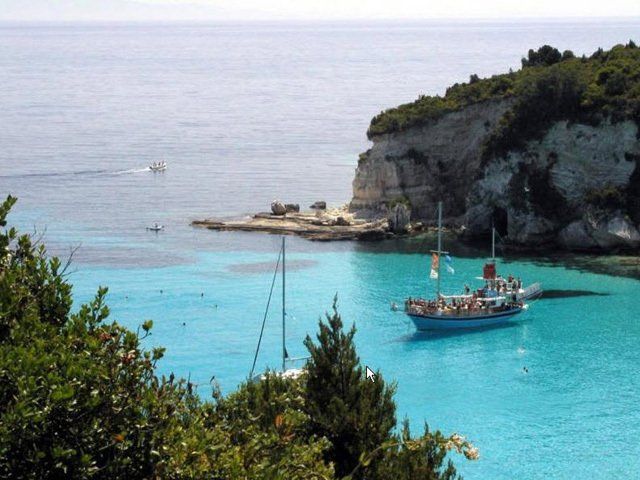
There are two main beaches at the north end of Anti Paxos, Vrika and Voutoumi. The shore line of the first beach Vrika is sandy whilst that of Voutoumis is pebble but under foot in the water there is white sand. Here you have some of the finest clear blue seas in the world for swimming and snorkelling. And it is safe for all ages to enjoy. South of these two beaches are many smaller more private coves that can be reached without too much difficulty.
Boats leave Gaios at regular intervals for Antipaxos if you do not want to hire a motorboat for the day.
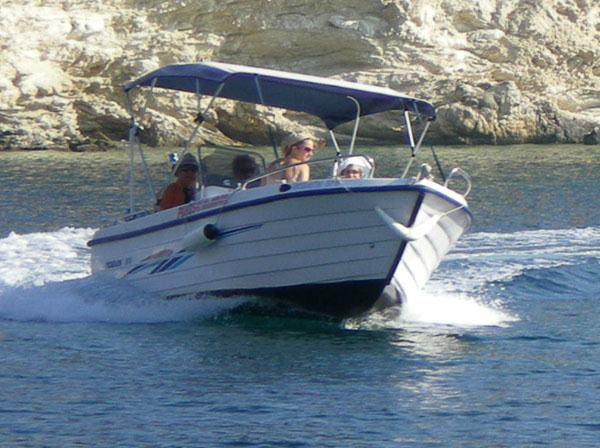
If you dream of visiting the numerous little secluded and often deserted coves of Paxos and enjoy the murmur of tranquil water, then it's a must to have your own motor boat. Some of the secluded bays are only accessible by boat and what a lovely way to spend the days and to stop off for lunch or drinks at one of the idyllic beach side tavernas. 30HP engines require no licence.
Larger and more powerful boats are available for daily or weekly hire but require a boat/sailing licence. It is also possible to hire a boat with a driver or perhaps enjoy a days sailing around the island.
